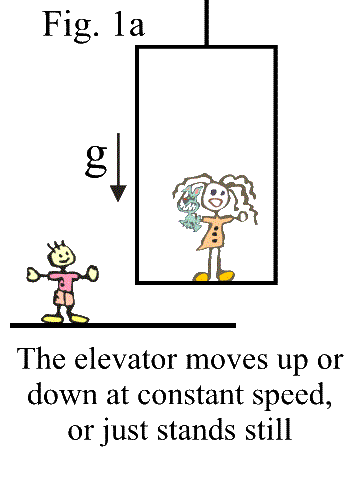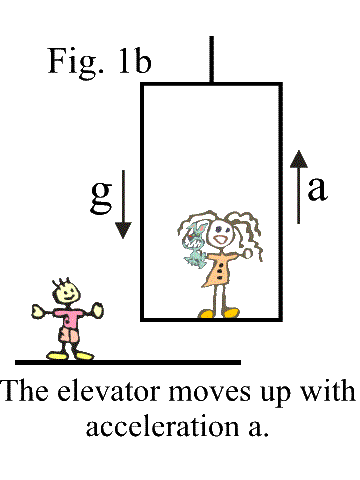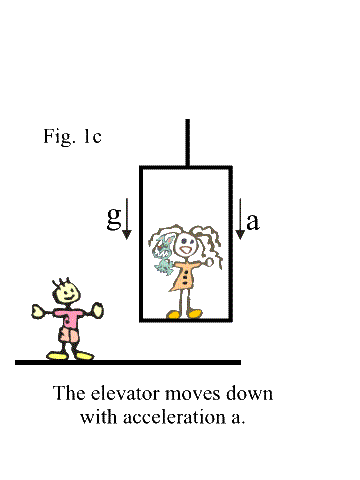Frames of Reference - Newton
Back to the main page/Back
to the previous page
Galileo's realization that the principles
of mechanics can be understood through experimentation is his gift to the
advancement of science. We use his equations of motion today, unchanged from the
form in which he presented them in his Dialogues of Motion of the mid 1600's.
But although Galileo was great, Newton was even greater - in large part because,
as he himself said "If I have seen far, it is because I have stood on the
shoulders of giants". Born in England in the year Galileo died, Isaac
Newton took Galileo's mechanics and generalized it into a theoretical
structure that extended our understanding far beyond the reach of objects
propelled over the surface of the earth. He took the empirical equations of
Galileo and cast them into what are now known by all students of basic physics
as Newton's three laws of motion. He then developed his universal theory of
gravity, a formulation so precise that it is used unchanged today to guide
spacecraft throughout the solar system and beyond, and to predict the motions of
the planets, comets and asteroids to virtually any desired accuracy. As an
incidental measure of his genius, you might consider the fact that, finding the
mathematics of the time inadequate for the task, he simply invented differential
and integral calculus as a necessary step in his formulation of the universal
law of gravitation.
The reference frames established by Dick,
Jane and Spot (or at least Alex), were the same for Newton as they were for
Galileo. Both Newton and Galileo recognized that for these frames of reference
to provide a basis for meaningful measurement they had to be, as Newton called
them, inertial frames. An inertial frame is one in a state of constant motion,
or simply standing still (i.e. motion with velocity zero). By constant motion I
mean not accelerating - not speeding up, or slowing down, or turning. To see the
rationale for this, think again about riding on a train, or in a car, or perhaps
in an elevator. In an elevator you can easily get the feeling that you're not
moving, so you check the little lights that mark the floors to see if they are
changing. Without these lights, in a very smooth elevator, its hard to tell if
you are moving and,
if the elevator were perfectly smooth as it moved, you could not tell at all.
That's the point! The equations of Galileo and of Newton are the same in any
frame as long as it is not accelerating. To this idea Newton introduced the concept of mass -
the measure of the quantity of matter in terms of its density and volume. He
also more clearly explained force as an action that changes the state of motion
of a body, i.e. causes it to accelerate. According to Newton, as stated in his
second law, the amount of acceleration is proportional force that causes
it. With these ideas it becomes easier to understand the requirement for
inertial reference frames. Look at Dick and Jane as she rides the elevator,
carrying spot, and Dick looks on from the ground:
Jane and Spot ride (at constant
speed) as Dick watches.
Jane and Spot are in constant motion relative to Dick. The
force of gravity that provides the downward acceleration g is balanced by
the floor as it pushes upward equally on Jane, who holds Spot firmly. Dick
experiences the same force balance as he stands on the ground. Jane and
Spot's weight are unaffected by the elevator's constant motion. In fact,
Jane cannot even tell if she is moving without looking out from the
elevator. If Jane drops Spot, both she and Dick can determine his motion using
Galileo's transformation equations, and would find that Spot is
accelerating downward with acceleration g (which, for Earth, is about 9.8
meters/second2, or if you prefer, about 32 ft/second2. |
 |
Jane accelerates upward as Dick
watches.
With an upward acceleration a, Jane no longer is in an
inertial reference frame. The floor pushes up on her with a force enough
to balance g as before, but also with a force enough to provide her with
an acceleration a, for a total of g + a. This extra force she feels as an
added weight, and she feels heavier. If you have ever taken an elevator
you are aware of this added weight when the elevator first starts
(accelerates), which causes your knees to buckle. If
Jane now drops Spot (again!), Jane will see him accelerating downward with
acceleration g + a. If she is unaware of the added acceleration (i.e.
thinks she is still in an inertial frame), she will have to wonder why
spot has taken on this added acceleration without apparent reason. To
account for Spot's added acceleration, she would have to invent a
fictitious
force, or pseudoforce of the proper value to act on Spot. Dick, in
his inertial frame, can accommodate the added acceleration and so can
predict the motion of both Jane and Spot using Galileo's (or Newton's)
formulation. |
 |
Jane accelerates downward. What does Jane see?
The situation is similar to the case of accelerating
upward, but now the imposed acceleration opposes that of gravity. This is
also familiar to elevator riders when, after they are moving upward (at
constant speed, since the acceleration needed to start them upward is no
longer present), they decelerate (i.e. accelerate downward) as they
approach their floor. The same effect occurs when an elevator descends
from an upper floor. This reduction in weight is usually felt in the
stomach as the elevator accelerates downward.
If Spot is now dropped, his resultant acceleration is
reduced. You should be able to visualize this situation, and extend it to
the case where the downward acceleration is just equal to that of gravity.
One way to achieve this situation would be to cut the elevator cable
(don't try this experiment at home). The result would be, at least for a
while, the sensation astronauts feel as they orbit above Earth in their
spacecraft. (Why?) Again, Dick is not at all puzzled by these events as he
watches from his inertial frame.
|
 |
Back to the previous
page
Go to the page on Einstein's frames of reference


